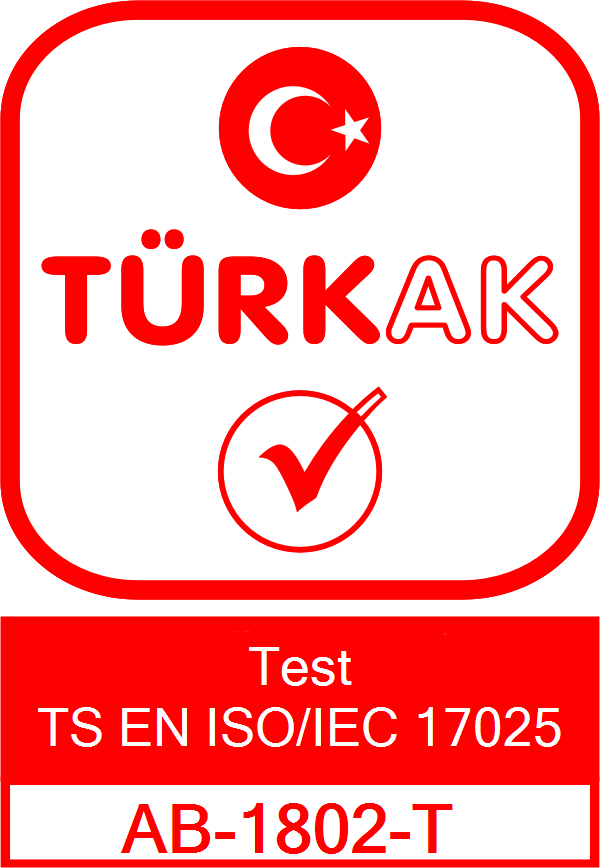Determination of Mercury (Hg)
The RoHS (Restriction of Use of Restricted Substances) regulation limits the concentrations of certain hazardous substances used in the manufacture of electrical and electronic equipment (EEE). Mercury (Hg) is among these substances and cannot be used above a certain concentration limit under RoHS regulation.
The limit for mercury (Hg) under the RoHS regulation:
- 0.1% by weight per homogeneous material, ie 1000 ppm.
However, there may be special exceptions for the use of mercury in certain applications (for example, in some energy-saving lamps).
The main methods used for the determination of mercury:
1. **ICP-MS (Inductively Coupled Plasma-Mass Spectrometer)**: It is a high sensitivity method for mercury detection. This method can detect very low concentrations of mercury (ppb, one billionth).
2. **AAS (Atomic Absorption Spectroscopy) – Especially CV-AAS (Cold Vapor Atomic Absorption Spectroscopy)**: It is a widely used method for mercury analysis. In this technique, mercury is subjected to atomic absorption spectroscopy in the form of cold vapor.
3. **ICP-OES (Inductively Coupled Plasma-Optical Emission Spectroscopy)**: Usually used for element detection at the level of ppm (parts per million), but is generally less sensitive than ICP-MS for detecting mercury.
The choice of these methods depends on the sample matrix to be analyzed, the sensitivity required, the detection limits, and other application-specific requirements.
To ensure RoHS compliance, manufacturers and importers must verify that materials and components used throughout the supply chain are mercury-free or below allowable limits. This must be taken into account both during the product design and development phase and during the manufacturing process.

